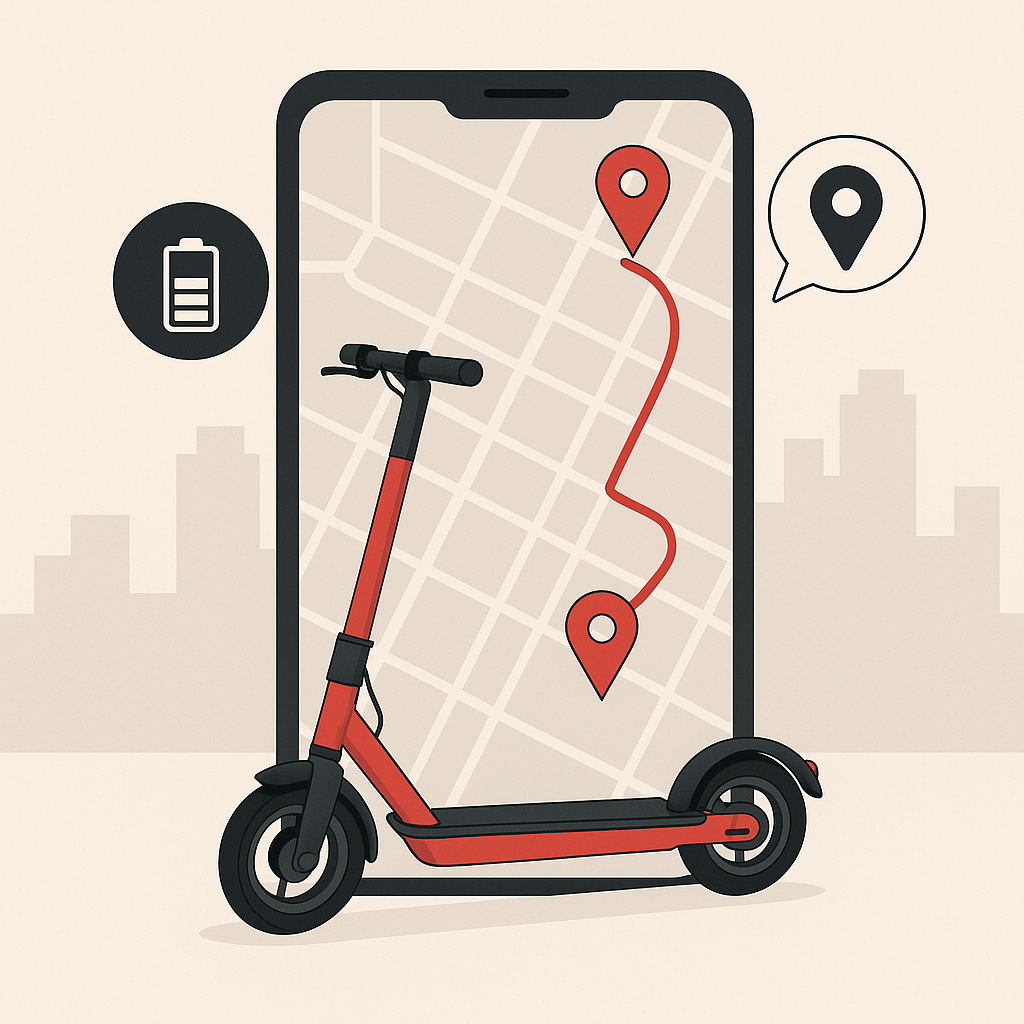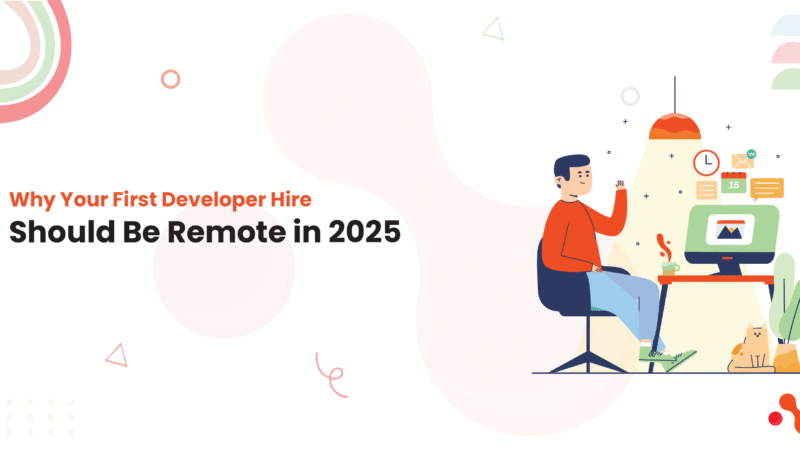Inside the Architecture of Modern On-Demand Delivery Apps

In the last decade, the rise of on-demand delivery apps has transformed how people order food, groceries, medicine, and other goods. This digital revolution is backed by intricate technical architectures designed to deliver speed, scalability, and security. In this blog, we will explore the architecture behind modern on-demand delivery apps, shedding light on their key components and how they work together. Whether you are a business owner looking to invest in on demand delivery app development or simply curious about the technology, this article provides a detailed overview.
Understanding the Core Architecture of Delivery Apps
On-demand delivery apps function through an interconnected architecture involving front-end interfaces, backend systems, databases, APIs, and cloud infrastructure. At the heart of this architecture is a centralized system that manages users, vendors, orders, payments, logistics, and communication. The system is divided into multiple layers, each playing a specific role in ensuring a smooth user experience.
The architecture is usually based on a microservices model, allowing developers to independently build, test, deploy, and scale different parts of the application. This approach enhances performance and simplifies future updates or expansions.
Key User Roles and Interfaces in Delivery App Systems
A modern on-demand delivery app typically caters to three primary users: the customer, the delivery agent, and the service provider or vendor. Each user type has a dedicated interface optimized for their specific actions.
Customers use the app to browse items, place orders, make payments, and track deliveries. Delivery agents use their interface to receive new delivery tasks, navigate to the customer location, and confirm deliveries. Vendors or store owners manage their inventory, receive orders, update statuses, and track earnings.
Additionally, there is usually an admin panel for the platform owner to manage the entire system, monitor activity, generate reports, and resolve disputes.
Backend Services and Server-Side Architecture Explained
The backend is the powerhouse of any on-demand delivery app. It handles core functionalities like order management, user authentication, payment processing, and notification services. The backend is usually built using frameworks such as Node.js, Django, or Ruby on Rails, and interacts with databases such as MongoDB or PostgreSQL.
Each critical function is often separated into a microservice. For instance, order processing, user profiles, and payment systems might each be managed by distinct services. These services communicate with each other via internal APIs or message brokers like RabbitMQ or Kafka. This approach ensures fault tolerance and allows the system to scale horizontally as user demand increases.
Real-Time Location Tracking and Route Optimization Logic
One of the most important features of a delivery app is real-time location tracking. This is achieved using GPS technology integrated with services such as Google Maps or Mapbox. The tracking system updates customer and delivery agent locations in real time, ensuring transparency and timely deliveries.
Advanced delivery apps also integrate route optimization algorithms. These algorithms calculate the most efficient routes for drivers based on current traffic, distance, and delivery priorities. This not only improves customer satisfaction but also reduces fuel consumption and delivery time.
Order Management Systems and Inventory Synchronization
An effective order management system is crucial for accurate and timely deliveries. The system must be able to process multiple simultaneous orders without errors or delays. It handles order placement, status updates, cancellations, refunds, and feedback management.
To support vendors and reduce manual errors, the system also needs real-time inventory synchronization. When a customer places an order, the system automatically checks stock levels. If an item is out of stock, the customer is informed immediately, preventing issues at the last minute.
Payment Gateways and Secure Transaction Handling
Modern delivery apps support multiple payment methods including credit or debit cards, mobile wallets, UPI, and cash on delivery. Integration with reliable payment gateways like Stripe, PayPal, or Razorpay is essential for secure and fast transactions.
The architecture must ensure encrypted data transmission using protocols like SSL to protect sensitive customer data. Additionally, compliance with regulations such as PCI DSS is required for handling payment information securely. Refunds and digital wallet integration are also managed from this layer.
Push Notifications and Communication Infrastructure
Timely communication is key to the user experience. Push notifications play a major role in informing users about order status, promotional offers, or delivery delays. These notifications are usually managed using services like Firebase Cloud Messaging or Amazon SNS.
The communication infrastructure may also include in-app messaging or VoIP calling between customers and delivery agents. These features improve coordination and transparency throughout the delivery process.
Cloud Hosting and Scalability of Delivery Platforms
Scalability is a fundamental aspect of on demand delivery app development. As the number of users grows, the app must be able to handle increased loads without performance issues. Cloud platforms such as AWS, Google Cloud, or Microsoft Azure are commonly used for hosting delivery apps.
Using cloud-based infrastructure allows for elastic scaling, where resources are dynamically allocated based on current demand. Load balancing, auto-scaling groups, and content delivery networks (CDNs) help ensure that the application runs smoothly at all times.
Security Protocols and Data Privacy Considerations
With sensitive information such as addresses, payment data, and personal contact details being stored and transmitted, security is a major concern. Best practices include end-to-end encryption, regular vulnerability assessments, and role-based access control.
Data privacy regulations like GDPR or CCPA must also be followed, depending on the region of operation. This means collecting only essential data, obtaining user consent, and giving users control over how their data is used and stored.
Cost Factors in Building an On-Demand Delivery Platform
Understanding the delivery app development cost involves evaluating several components. These include platform type, features, design complexity, third-party integrations, and development time. A basic MVP can cost significantly less than a fully-featured, scalable solution.
Maintenance, server costs, and post-launch updates should also be considered. Companies offering Mobile App Development Services often provide tailored pricing based on the unique needs of each business. Outsourcing development to experienced agencies can also help manage timelines and budgets more effectively.
Benefits of White Label Solutions for Faster Launches
For businesses looking to launch quickly, a white label delivery app offers an ideal solution. These are pre-built platforms that can be customized with branding, features, and integrations. Since the core functionalities are already developed, white label apps significantly reduce time-to-market and initial investment.
While they may not offer the same level of customization as custom-built apps, they are perfect for startups or local delivery services aiming to validate their business model before scaling further.
Conclusion
The architecture behind on-demand delivery apps is a blend of advanced technologies, robust infrastructure, and thoughtful user interface design. Every component, from real-time tracking to secure payments, plays a vital role in ensuring customer satisfaction and business success. As businesses continue to embrace digital solutions, understanding the backend architecture of delivery apps becomes increasingly important.
If you are planning to invest in on demand delivery app development, knowing how these systems are built and what goes into their performance will help you make informed decisions. Whether you choose a custom-built app or a white label delivery app, the right architecture can be the difference between a functional tool and a scalable business platform.



